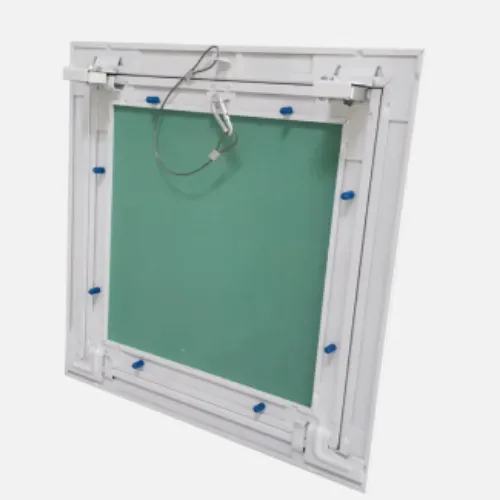Dec . 07, 2024 02:14 Back to list
Suspended Ceiling Cross Tee Installation and Design Considerations for Modern Interiors
Understanding Suspended Ceiling Cross Tees A Key Component in Modern Construction
In the world of modern construction and interior design, suspended ceilings have become increasingly popular. They provide not just aesthetic appeal but also functional benefits like sound insulation and thermal comfort. Among the various components that make up a suspended ceiling system, cross tees play a pivotal role. This article delves into the significance of suspended ceiling cross tees, their construction, installation, and their impact on the overall ceiling system.
What are Suspended Ceiling Cross Tees?
Cross tees, also known as cross T-bar or cross rail, are horizontal components that connect the main runners of a suspended ceiling system. They are typically made of metal, such as galvanized steel or aluminum, ensuring durability and resistance to rust. These cross tees are integral in providing the necessary support for the ceiling tiles or panels that will be installed.
Cross tees come in different lengths and sizes to accommodate various ceiling layouts. Standard cross tees are usually 24 inches long, but custom sizes are available to suit specific project needs. The primary function of these cross tees is to create a grid system that allows for easy installation and maintenance of ceiling tiles while supporting various ceiling technologies, including lighting fixtures, HVAC systems, and fire suppression systems.
Installation Process
The installation of a suspended ceiling using cross tees follows a systematic approach. First, the main runners are affixed to the ceiling joists, creating the primary framework. Once the main runners are in place, cross tees are inserted into the punch-out slots on the main runners, forming a grid pattern. Proper alignment is essential, as this grid is what will hold the ceiling tiles in place.
The thickness and weight of the tiles considered, each cross tee must be installed securely to ensure that the system can support the weight of the tiles as well as any additional fixtures that may hang from the ceiling like lights or air ducts. Typically, once all components are in place, tiles can simply be dropped into the grid established by the cross tees, allowing for a seamless and neat appearance.
Benefits of Using Cross Tees in Suspended Ceilings
suspended ceiling cross tee

Using cross tees in suspended ceilings provides numerous advantages
1. Flexibility Cross tees offer flexibility in design, allowing for various configurations and styles to fit different spaces. Whether a commercial office, retail space, or educational institution, the layout can be tailored to specific requirements.
2. Accessibility Suspended ceilings built with cross tees allow for easy access to mechanical systems hidden above the ceiling, such as electrical wiring or plumbing. This makes maintenance and repairs quicker and less invasive compared to traditional ceilings.
3. Acoustic Performance Many ceiling tiles designed to fit within a cross tee grid are engineered for sound absorption. This is crucial for environments requiring noise control, such as offices or classrooms.
4. Aesthetic Appeal Suspended ceiling systems using cross tees can enhance the architectural appeal of a space. They can provide a clean, modern look while allowing for the incorporation of lighting elements that can brighten up an area effectively.
5. Cost Efficiency While the initial investment in a suspended ceiling system might seem significant, the durability and ease of maintenance afforded by the layout can lead to greater cost savings in the long run.
Conclusion
Suspended ceiling cross tees are invaluable components in modern construction, contributing to the functionality and aesthetics of various spaces. Their effective design allows for versatile ceiling layouts, easy maintenance, and enhanced acoustic performance. As construction practices continue to evolve, the role of cross tees remains crucial in providing durable and adaptable ceiling solutions that meet the demands of contemporary architecture. Whether in a small office or a large commercial building, understanding and utilizing cross tees can lead to a more efficient building process and a superior final result.
-
Quality Ceiling Trap Doors & Access Panels | Easy & Secure AccessNewsAug.30,2025
-
Durable Ceiling T Grid Systems | Easy InstallationNewsAug.29,2025
-
PVC Gypsum Ceiling: Durable, Laminated Tiles for Modern SpacesNewsAug.28,2025
-
Pvc Gypsum Ceiling Is DurableNewsAug.21,2025
-
Mineral Fiber Board Is DurableNewsAug.21,2025
-
Ceiling Tile Clip Reusable DesignNewsAug.21,2025







